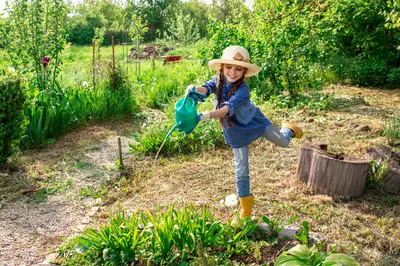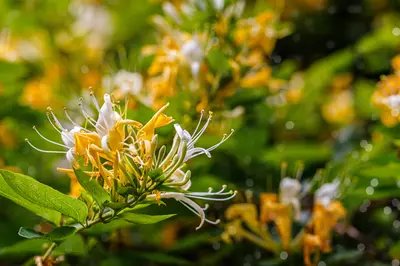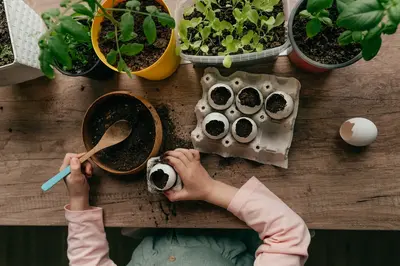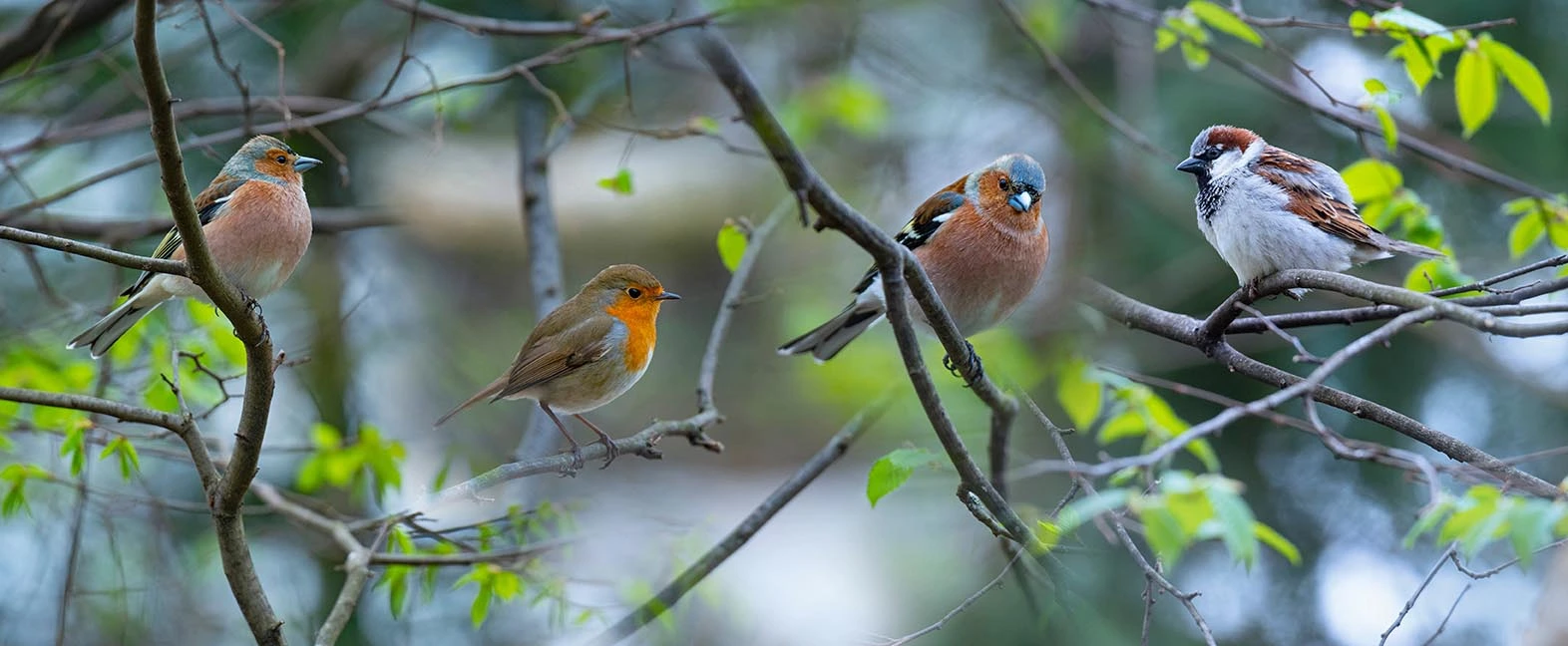
Attracting Wild Birds
Looking for ideas on how to attract the birds you want to your backyard? You have come to the right place! We have lots of wonderful and helpful tips on wild bird feeding and accessories for you.
At Buckerfield’s we can help you to choose the right variety of bird food with the appropriate bird feeder to attract and keep the birds you want in your backyard.
It’s amazing to find that attracting birds really isn’t just about what feeders you have in the yard. Birds are looking for the right environment including plants when they decide whether to hang out in your backyard or your neighbor’s.
Buckerfield’s provides a full line of premium wild bird seed mixes that have been specifically formulated to attract a wide variety of birds. Our ingredients are wholesome, all natural seeds that birds will love!
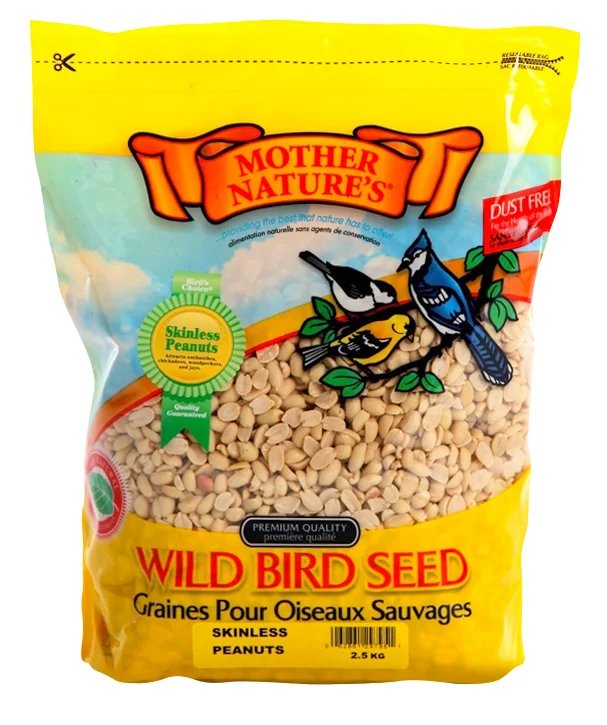
How can I attract ground feeders?
- There are many wonderful kinds of ground feeding birds including Sparrows, Quail, Juncos and Mourning Doves.
- Fill your feeder with Buckerfield’s major attraction or original bird seed. These mixes have a high concentration of millet and are favoured by sparrows and ground feeding birds in general.
How can I attract chickadees & nuthatches?
- A hopper style feeder with a small sized perch is the ideal way to feed these small birds.
- The small perch will help ensure that larger birds are less attracted to the feeder.
- Pure black oil sunflower seed is a good choice for this feeder and will appeal to chickadees and nuthatches alike.
How can I attract finches?
- Choose a finch tube/silo style feeder with small seed holes and short perches in order to assure that the seed will be available to finches alone. The feeders for your finches can be placed anywhere in your yard, but to maximize viewing opportunities; you will likely want to place them fairly close to your viewing windows.
- Popular seed choices for this type of feeder are wild finch mix, nyjer or finely chopped sunflower seeds and are available at Buckerfield’s. Some of the types of finches found in our area are: American Goldfinch, Pine Siskin, Purple Finch, and House Finches.
How about attracting Jays and Woodpeckers?
- Install a tray type feeder or large fly through style feeder with a large perching area. It can be hung in a tree or set on a post above the ground and will attract jays, grosbeaks and some woodpeckers.
- Fill your feeder with Buckerfield’s mixes containing peanuts, corn, large sunflower and other nuts.
- These large birds will love the variety in the mix and enjoy a larger feeder to eat them at!
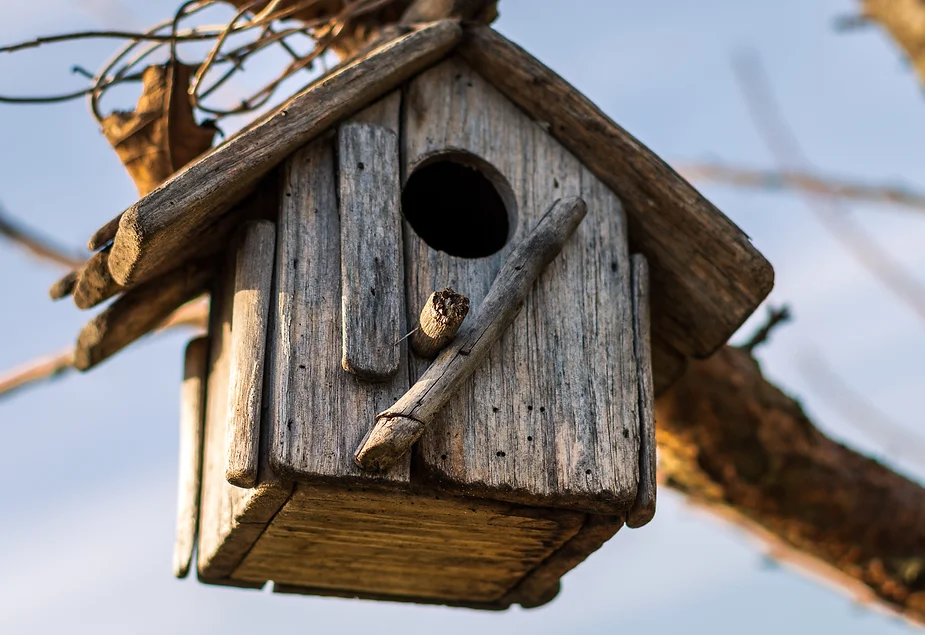
How about a bird house?
- A well-built birdhouse should be durable, rainproof, cool and readily accessible for cleaning. Entrance holes should be near the top of the box and proportional to the size of the bird you are attracting to use the house.
- Bird houses should be placed in locations inaccessible to natural predators.
Gifts for bird lovers!
- It's not just about bird feeders and bird houses! Bird lovers want to celebrate birds in their yard -- that is true -- but they also love to display their fascination with birds inside their homes, too! Here are some gift suggestions to delight the bird lover on your gift list.
- Beautiful pictures, coffee mugs, pillows, bird feeders, bird houses, bird seed, suet, binoculars, or a bird bath. Try a bird book with quality photos to help identify those birds. We all have bird lovers in our lives!
What type of plants can I plant to attract birds?
- Flowers to consider for attracting seed eating birds include cosmos, cornflower, marigolds, zinnias, black eyed susans, daisies, impatiens and sunflower mixes.
- In the fall, leave your flowers and their seed heads standing and you will have birds eating from these in the cold winter months.
The sparrows are dominating my feeder. What can I do?
- We have all experienced the challenge of having different birds competing for food at bird feeders and scaring the other off.
- How do I keep the variety of birds and minimize the competition for food? Having different types of feeding stations will reduce competition, and will encourage a broader variety of birds to visit your feeders.
Help! I have squirrels attacking my birdfeeders?
- Cayenne pepper keeps them away! To keep squirrels, from eating all of your bird seed, mix a small amount of cayenne or black pepper with your bird seed before putting in feeder. The squirrels will stay away! Squirrels dislike the taste of pepper and it does not bother the birds.
- Buy a squirrel proof feeder! They're easy for birds to feed from, won't harm the squirrels and are great entertainment! Some literally spin the squirrels off the feeder. It really works too!
My dog and cat are catching birds. What can I do?
The simple solution to this problem is keeping your pets indoors, in a fenced area or on a leash. Most dogs and cats can’t catch a healthy adult bird they are just to alert, and always on the lookout for danger. Putting a bell on a cat can help but baby birds don’t learn that a danger is around until their parents teach them, and a sick or injured bird won’t be able to move even if it does learn to recognize the bell as a warning.
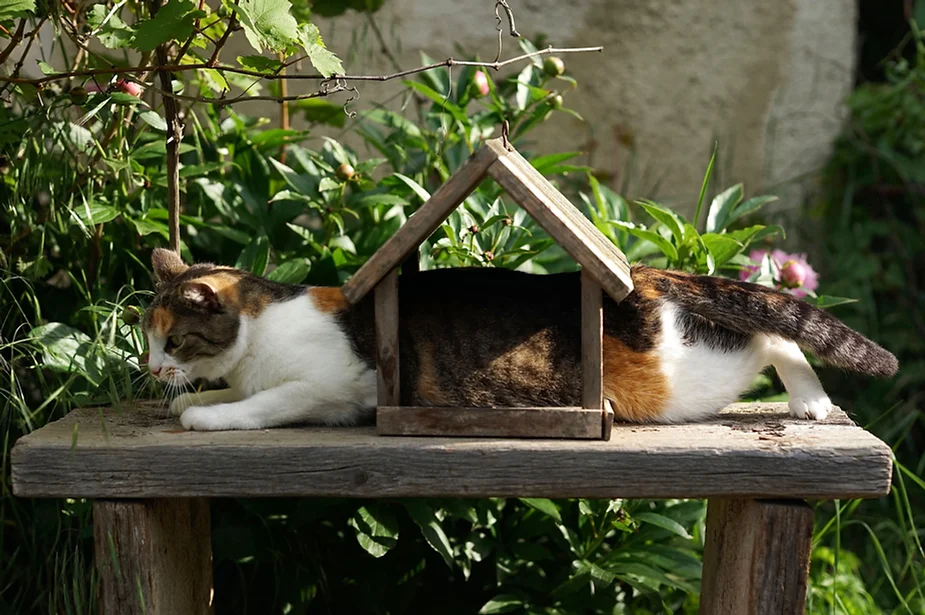
Do I need to clean my birdfeeders?
- To reduce the risk of disease at feeders, always clean and maintain your feeders regularly.
- Food often becomes moldy in feeders during wet weather and can become rancid when it is hot. Putting fresh food out daily insures that it is fresh.
Attract birds with a birdbath!
- Give your feathered backyard friends a place to bathe, frolic and drink water. A simple bath looks like play and it always appears to be a joy.
- A bird bath located in your back yard not only allows fresh clean drinking water it provides a safe place to bathe.
How do wild birds find water in winter?
Birds need a source of water in winter, not only for drinking but also to keep their feathers clean so that they can stay warm, free from parasites and fly properly.
- Wild birds will drink from whatever source is available to them and this includes puddles and ponds, eaves troughs, icicles, streams or birdbaths. Birds will travel great distances to find a source of water.
- In winter, time and energy devoted to finding water can be costly, especially in freezing cold weather when energy is needed to keep warm.
How can I keep my birdbath water from freezing?
- In winter, keeping water from freezing can be an ongoing issue and you may need to make several trips daily to your birdbath in order to keep a fresh supply of available water. You may wish to equip your bird feeding area with a water heater specifically designed for birdbaths. They are safe and need only be submerged under an inch or two of water.
- Another option is to purchase a heated birdbath that comes with its own heating mechanism inside and requires an electrical outlet. Such commercially available water heaters or heated birdbaths are economical, do not harm the birds and keep the water just above freezing.
- Remember to check the water daily to make sure it has not evaporated, especially on windy days.
I found a baby bird out of its nest. What should I do?
The best care baby birds can receive is from their actual parents.
If at all possible, the best thing to do is to return the baby to the nest it came from. If the original nest has been destroyed, you can make a nest out of a berry basket lined with grasses, twigs, pine needles etc. and secure it to the tree branches with wire. Replace the baby in the nest and watch from a distance to see if the parents return. If they are not back in 30 minutes, the baby needs to be brought to a registered rehabilitator.
I see a little bird hopping on the ground. What should I do?
- The fledgling stage of a bird is the most vulnerable stage. The fledgling can flutter and fly short distances, but does not have the same strength to fly as that of its parents. Often the parents are watching nearby to help teach the fledglings how to search for and obtain food.
- This is a normal cycle of nature and should not be interfered with by humans with good intentions.
When should I stop feeding wild birds?
Most people, once they start feeding wild birds, enjoy having them all year. You can stop feeding in the spring once insects and other seeds become available but you should not stop feeding in the winter. Feeding in winter helps birds survive through the cold frigid months.
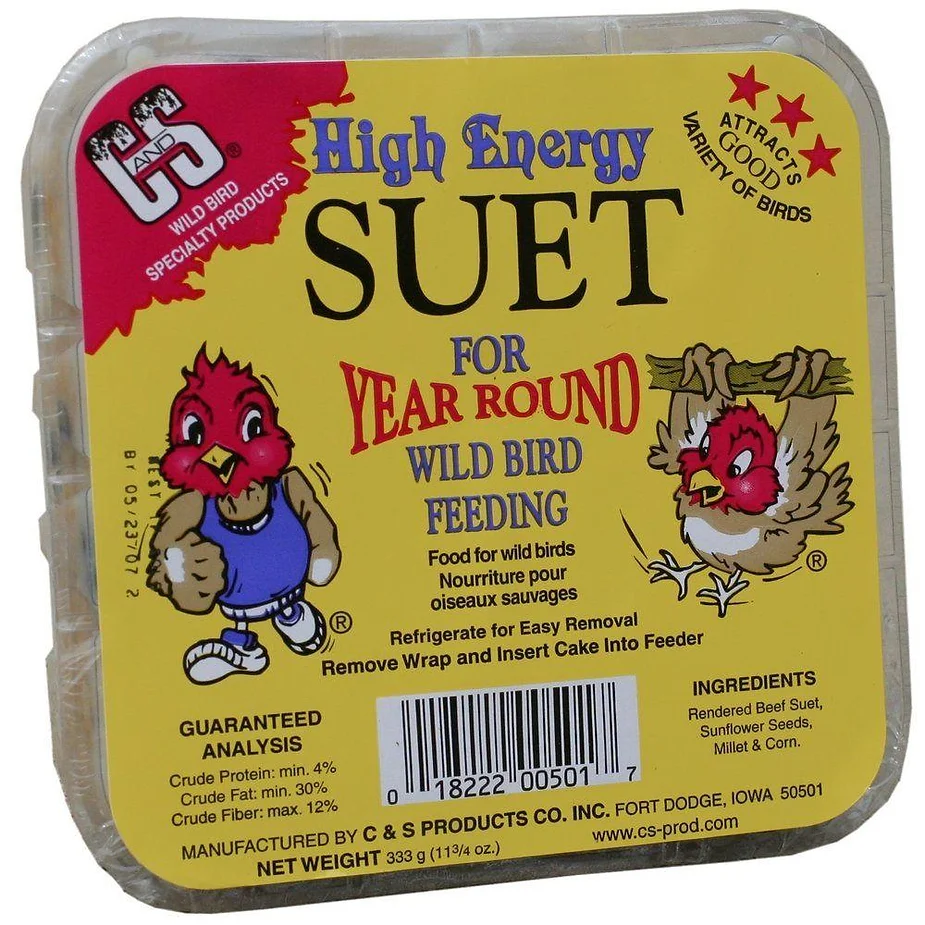
Why should I feed different types of seeds?
The birds you attract are determined by the type of seed you offer. Black oil sunflower by all account is the favorite of all the seeds to offer. Our specially formulated seeds are ideal for every type of bird coming to your back yard. Here are a few of the many seeds we carry:
Black oil Sunflower: Black oil sunflower is the top choice of seed. High in oil content, this seed is an energy booster for wild birds at any time of the year. Wild Finch Seed: This mix is designed to attract finches to your feeder. It contains a mix of canary grass seed, canola seed, millet, nyjer and fine sunflower chips.
Nyjer Seed: This seed is loved by finches of all types. The seed is sterilized and will not sprout under your feeder. Top choice for finches and pine siskins!
Sunflower Chips: Sunflower kernels with no shell that have been chopped into smaller size "chips" are a special treat. This is the ultimate food for birds as they do not have to expend precious energy to open the shell to get at the seed. It is also a "no mess" solution for backyard bird feeding as there are no shells to clean up under the feeder and little in the way of sprouting seed as the sunflower kernels have been chopped to prevent germination.
Buckerfield’s major attraction: A premium blend containing black oil sunflower, millet and peanuts attracts a broad variety of backyard birds.
Buckerfield’s original: This seed is favored by a large variety of birds and contain millet, black oil seed, milo and sunflowers.
Suet: We offer a broad selection of premium quality beef suet that has been blended to retain its consistency, even during hot weather. In the winter months many birds prefer suet as they use the fat for survival. Some of the varieties of suet available include: Peanut Butter, Insect, Sunflower Heart, High Energy, and Fruit & Nut.
Our fresh ingredients and choice seed mixes will bring birds flocking to your feeder. When you want the freshest, cleanest seed, look for Buckerfield’s private branded products. Bird watching is especially fun as you will see birds returning year after year to your feeders. It’s great fun to watch for them!
What are some of the birds that are found within British Columbia?
- Chickadees
- Quail
- Evening Grosbeak
- Pheasants
- Goldfinch
- Morning Dove
- House Finch
- Hummingbirds
- Purple Finch
- Pigeons
- Jays
- Doves
- House Sparrow
- White Throated Sparrow
What do hummingbirds eat?
- Hummingbirds have two food sources, insects and nectar.
- In order to gather enough nectar, they must visit hundreds of flowers every day.
- One way you can help make their search for food easier is to put out nectar in the form of sugar water in a hummingbird feeder.
How can I make my own hummingbird nectar?
- Hummingbirds get all the vitamins and minerals they need from insects and natural nectar found in your gardens.
- A simple sugar solution is adequate to supplement their dietary needs. Use 1 part sugar to 4 parts water. Bring water and sugar to a boil and then let cool. It’s that easy!
Should I colour the nectar red?
- Do not add food colouring to the sugar mixture, it is unnecessary and possible harmful to hummingbirds. Red flowers on the feeders will attract the hummingbirds just as well; therefore no red dye is necessary.
Can I use artificial sweetener or honey to make nectar?
- Definitely don’t use artificial sweeteners in the feeders as they have no nutritional value and may be harmful to the birds.
- Never use honey! It readily grows mold that can be dangerous or even fatal to hummingbirds.
How often should I change the nectar?
- Once you have hummers coming, check your feeders often. Hummingbirds seldom approach an empty feeder and in some mysterious way, they seem to know precisely when it is a fresh supply.
- The more hummingbirds the merrier!
What kinds of plants can I grow to attract hummingbirds?
- Hummingbirds have long thin bills that are ideal for probing into trumpet shaped flowers to find the nectar they are looking for. They are highly attracted to flowers that are red in color.
- Look for plants that are high in nectar including fuchsias, nasturtiums, snapdragons, dianthus, foxglove, impatiens and petunias.
- Plant and enjoy wonderful fragrant flowers while attracting hummingbirds to your back yard.
Have more questions? Visit your local Buckerfield's and we'll be happy to help!

